In 2012, I set off for a trip of a lifetime, during which I had a chance to experience traditional foods under the beautiful blue skies of Costa Rica. This was no 15-day vacation, though — I was there to complete community service work, but that didn’t stop me from also experiencing the Costa Rican culture. Let’s remember that I am a foodie, so the chance to experience the cultural food was an added bonus.
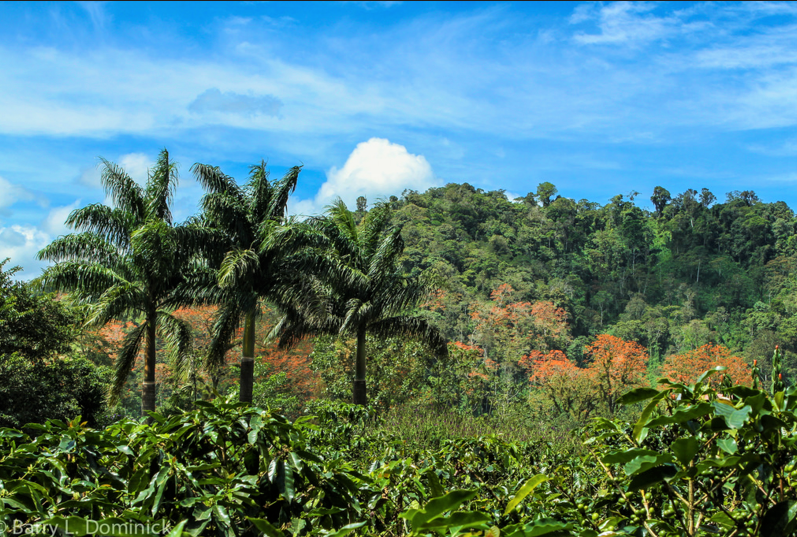
Photo courtesy of flickr.com
There were no fancy resorts or hotels for us to live in during my stay. While paving roads in the capital city, San Jose, we lived in a small hostel. While living in the rainforest, where the only transportation option was a dug-out canoe, we walked alongside the local indigenous tribe day after day. The food opportunities arose from local cafés, street vendors, restaurants, and traditional food of the indigenous tribes.
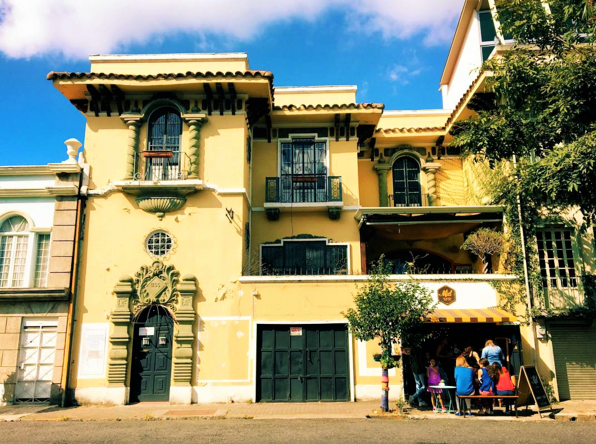
Photo courtesy of @andreabakacs on Instagram
You may shudder at the thought of buying food prepared in an only partially-sheltered stand on the side of the road. However, without experiences like these, it would have not been possible to fully immerse ourselves in Costa Rican culture and its traditional food.
If you visit Costa Rica, eat food other than the extravagant dishes offered at your resort and local fancy restaurants. Instead, leave your comfort zone and take the opportunity to dine like a local—it’s well worth the experience, and I’m sure you didn’t book a ticket over to the country just to eat steak and leave with a couple hundred dollars poorer.
1. Gallo Pinto (Rice and Beans)
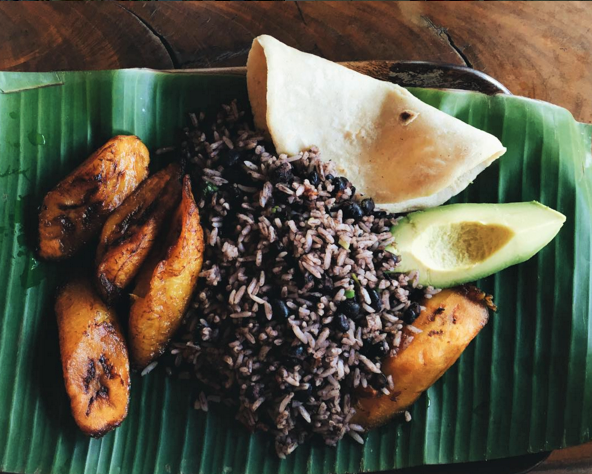
Photo courtesy of @vegangrool on Instagram
Every single meal you eat is guaranteed to include this. Known as the national dish of Costa Rica, gallo pinto is essentially cooked beans and rice, stir-fried together. It sounds simple, but I must admit that the taste is addicting.
Eating this for breakfast, lunch, and dinner may seem to be borderline ridiculous, but every café and region we ate at had a different twist on this traditional recipe and each and every one was worth a taste.
Fun fact: gallo pinto essentially translates to “spotted chicken” in Spanish.
2. Coffee
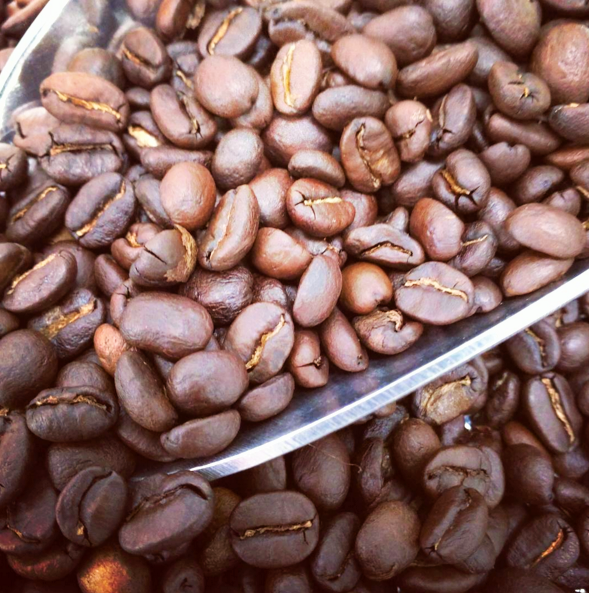
Photo courtesy of @beantherecoffeeau on Instagram
The only words to describe Costa Rican coffee are “black velvet.” I am a well-known coffee addict and snob; I drink good quality coffee, black. When in Costa Rica, do not ask for milk, cream, sugar, or whatever else you put in your coffee. This is a direct insult to Costa Ricans, who take great pride in the natural allure of their coffee.
I had a chance to visit a coffee plantation in the Costa Rican mountains, where we learned about the quality control methods in coffee bean production. This included info on shading the plants on hot days, the many steps of fermentation, sun drying, and roasting the beans.
Fun fact: If you have to drink your coffee with milk, ask for café con leche.
3. Casado
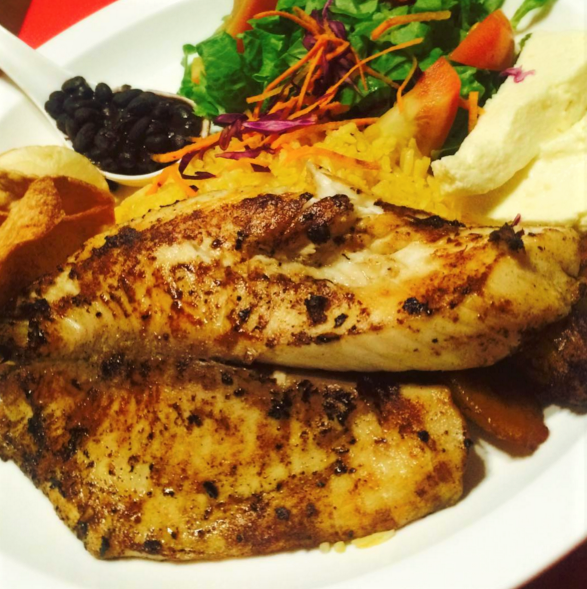
Photo courtesy of @anks13 on Instagram
Typically, this dish is eaten for lunch. It is the most common meal found at roadside cafés and food vendors. The dish is a combination of beans and rice, an option of beef, chicken, pork or fish, and fresh fruit or vegetables, as well as fried plantains.
I ate this once or twice every day, for 15 days straight. I recommend switching up the meat option, though I will admit the fish never disappoints and can be prepared in enough ways to satisfy your palette.
#SpoonTip: Casado translates to “married man” in Spanish.
4. Fried Plantains
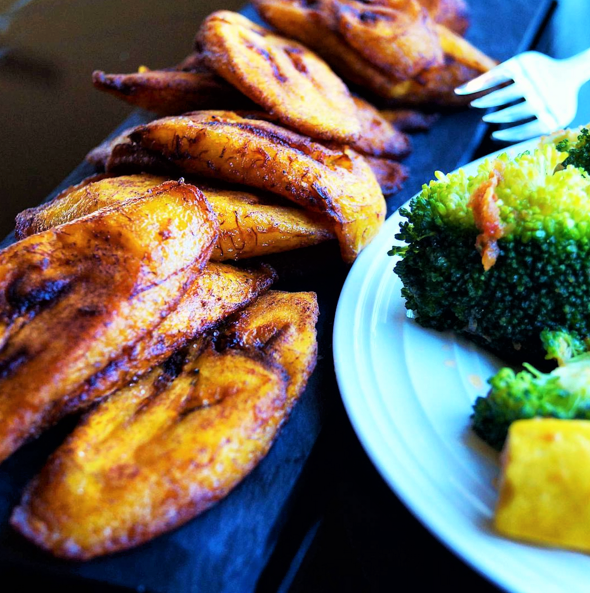
Photo courtesy of @kesskravings on Instagram
So simple yet so delicious. Plantains are the younger, brighter yellow, and less sweet sibling of bananas. When fried into hard pieces, they are also known as plantain chips.
I highly recommend soft fried plantains; they are so delicious that you have to keep an eye out for anyone who may stoop to plantain thievery. This mouthwatering food is offered as a side with almost every meal, as well as a snack between meals.
5. Batidos
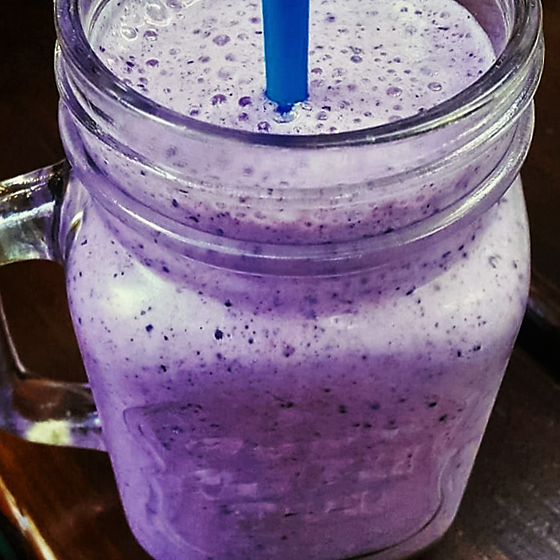
Photo courtesy of @ximetorres8 on Instagram
Also known as licuados or frescos, this is the Costa Rican version of the North American smoothie. A combination of ice, milk, and fresh fruit, such as banana, blackberry, papaya, mango, pineapple, or cantaloupe makes up this drink. It was an essential after a long, hot day of paving roads during my trip.
6. Chocolate
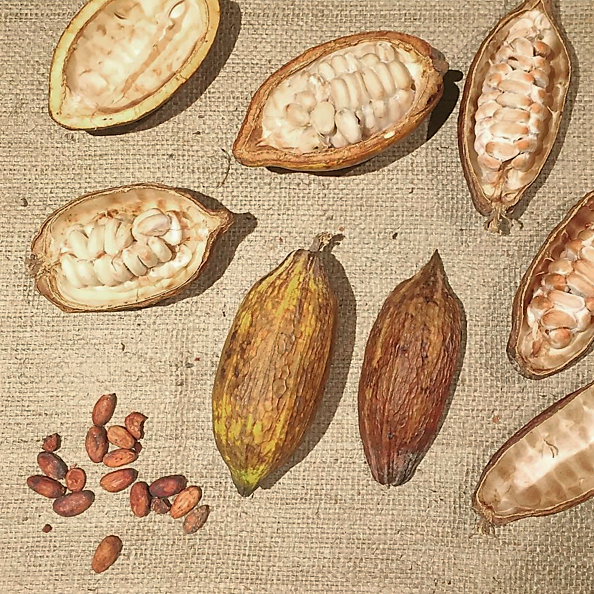
Photo courtesy of @e_sy on Instagram
Need I say more? While living with the indigenous tribes, we had the chance to take cacao pods from the local cacao trees and learn how to sun dry, roast, grind, and make raw chocolate.
A traditional dessert of the indigenous tribes is a mixture of milk, sugar, and the raw chocolate that is eaten with bananas. Once you have had fresh, hand-made chocolate, there is no going back to your old pal Cadbury.
7. Salsa and Hot Sauce
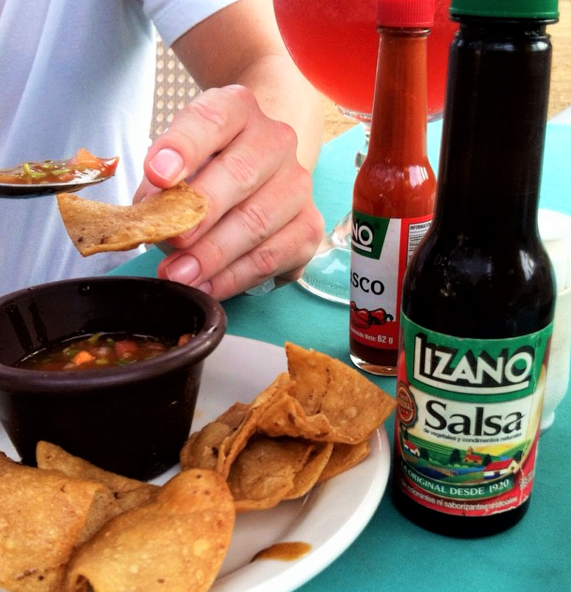
Photo courtesy of @mookiemuke on Instagram
Two condiments that are guaranteed to be at the table, no matter the time of day, are Lizano Salsa and numerous hot sauces. Lizano Salsa is similar to Worcestershire sauce, and is almost always added to gallo pinto. Hot sauce is also a necessary condiment, and from personal experience, we quickly learned that hot sauce can make anything taste better.


